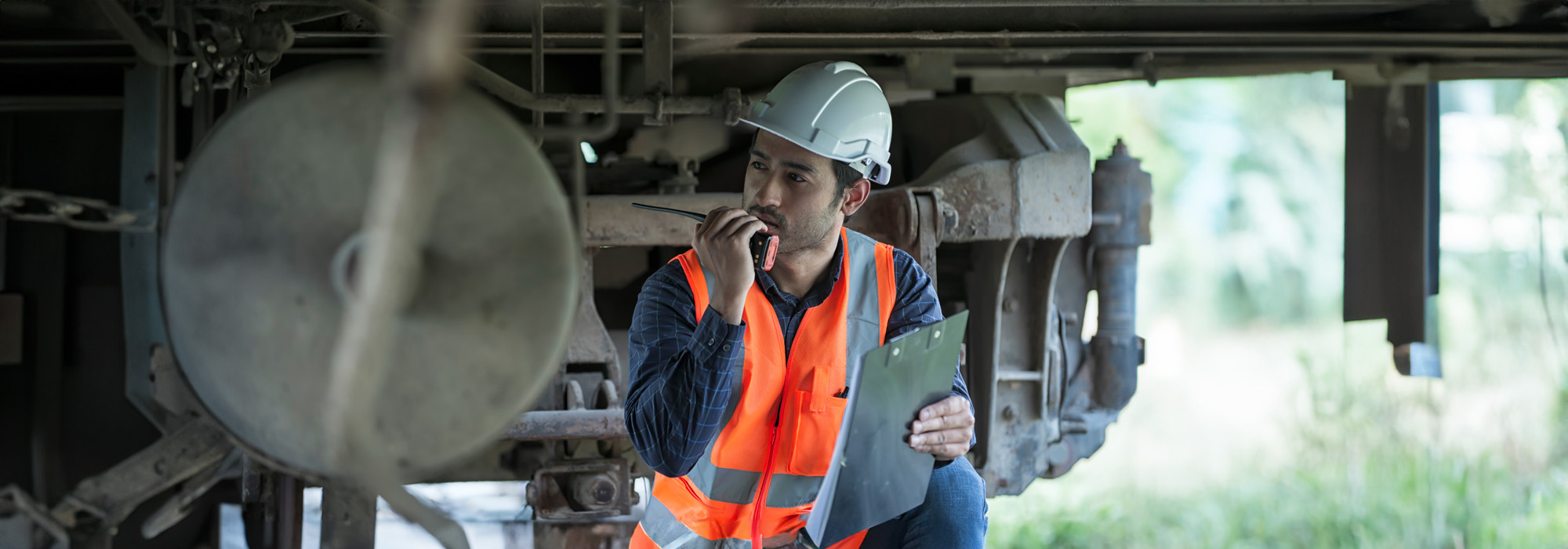
Should I Avoid Social Media During My FELA Case?

Crush injuries are among the most painful railroad workers can sustain. Unfortunately, they can occur in a wide range of scenarios and can have significant and lasting impacts. If you’ve sustained a crush injury as a railroad worker, please don’t hesitate to contact the FELA lawyers here at Hildebrand McLeod & Nelson for a free consultation today.
Crush injuries in the railroad industry can result from various situations, often due to the nature of the work environment and the heavy machinery involved. Common causes include:
If you’ve sustained a crush injury while working on the railroad, it’s crucial to take immediate steps to protect your health and legal rights. Those steps are as follows:
To qualify for a claim under the Federal Employers’ Liability Act (FELA), certain criteria must be met to establish the railroad company’s liability for your injuries. They are as follows:
Hildebrand McLeod & Nelson is a steadfast law firm that is dedicated to representing injured rail workers in California and throughout the Western United States. If you’ve been harmed due to dangerous railroad conditions, contact our legal team for a free initial consultation.